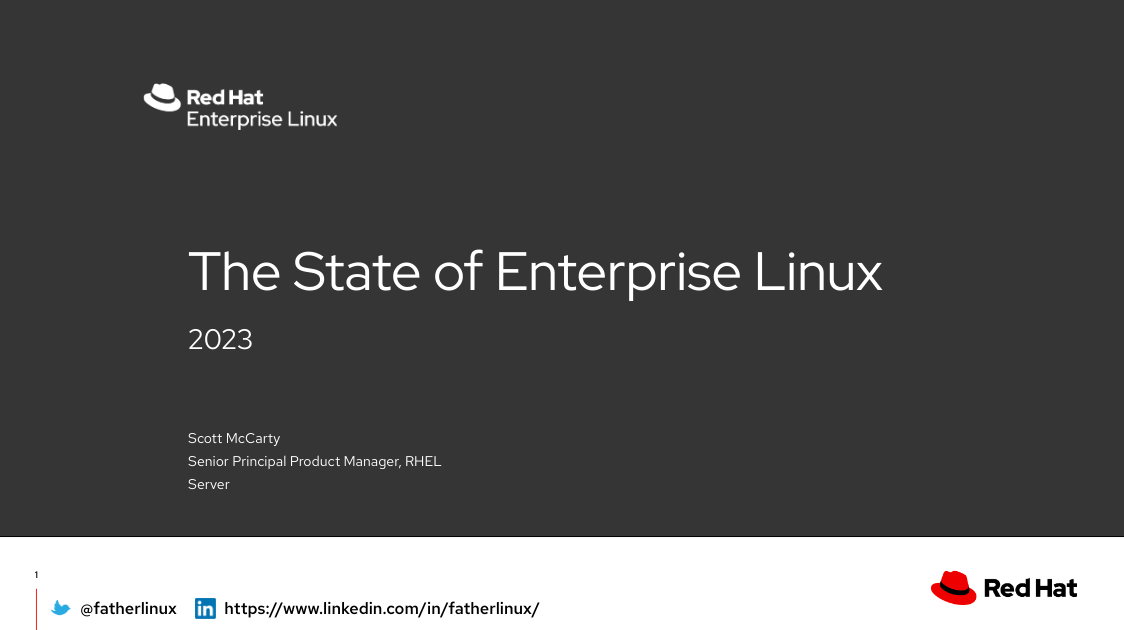Abstract
Are you a professional Linux Systems Administrator, Architect, or Site Reliability Engineer? Do you use Fedora, Red Hat Enterprise Linux (RHEL) or a derivative in the course of your work? Do you find it difficult to keep up with all of the changes that have been going on with RHEL in the last few years? Are you trying to understand the difference between RHEL, RHEL CoreOS, Red Hat Universal Base Image, CentOS, Fedora, CentOS Stream, AlmaLinux, Rocky, Amazon Linux, Oracle Linux, or a host of other derivatives? Are you trying to digest Red Hat’s recent code changes and how it affects downstream rebuilds?
Admittedly, it’s kind of complex.
Don’t feel bad. The upstream and downstream relationships that make up the RHEL supply chain contribute to what is arguably the largest and most sophisticated open source supply chain in the world. This large, sophisticated supply chain, and all of the Independent Software Developers (ISVs) involved, give RHEL a lot of gravity, probably more than any other open source product.
For years, I think many of us in the open source world assumed that we knew everything there was to know about open source, but the truth is, we’re all still learning. In the last couple of years, there have been some big changes in the Red Hat Enterprise Linux (RHEL) supply chain, often referred to as Enterprise Linux or EL for short. This talk will help people understand these changes year over year, and what the future might hold.
Presentation

One comment on “Ohio Linux Fest 2023: The State of Enterprise Linux 202”